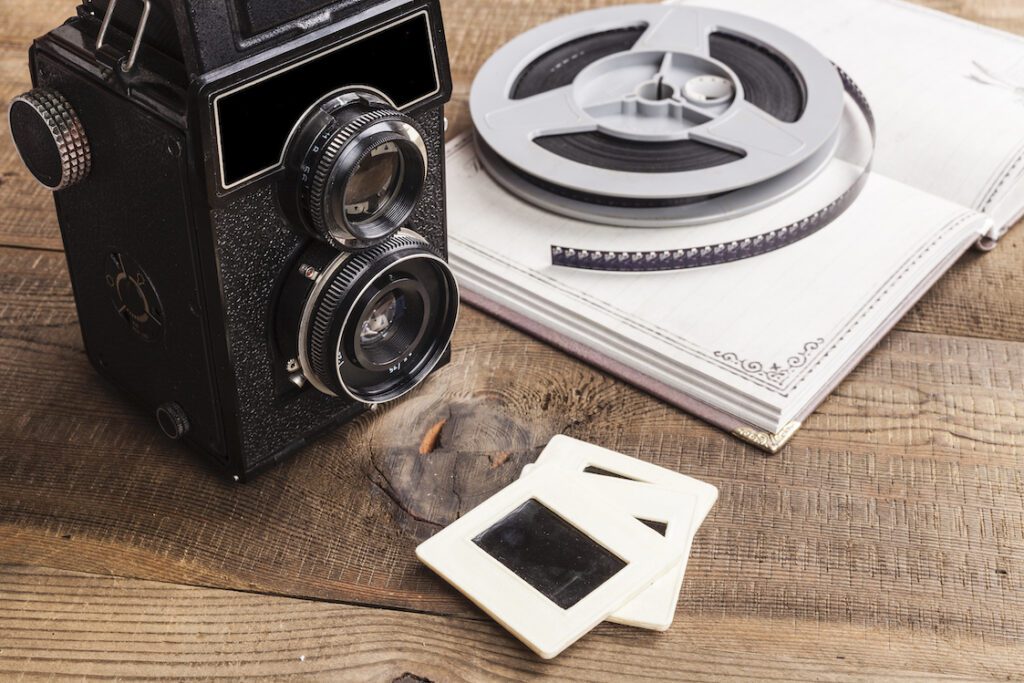A Brief History of Video Production

Why we look to history:
As professionals in the industry, we at Tribal Video have always had an interest in the history of film and video production. We believe that investing in new technologies and trends is important, but it’s just as important to look to the past for inspiration and education.
To help us see how we got to where we are today, here’s a brief overview of the history of video production:
The history of video production:
The history of video production dates back to the late 19th century, when motion pictures were first invented. Motion pictures became more widespread in the early 20th century, thanks to the advent of film cameras and projectors, which made it possible for movies to be shown in theaters for large audiences.
As technology continued to evolve, the process of video production became more complex and sophisticated. The first video tape recorder (VTR) was invented in 1956. This was a major milestone in the history of video production, as it allowed for the recording and playback of video.
In the 1960s, portable video cameras were developed, which made it possible for video to be captured on location. This opened up new possibilities for documentary filmmakers and news organizations, who could now capture footage in real-time.
In the 1970s, the first consumer-grade video cameras were introduced, which made video production more accessible to the general public. This led to the proliferation of home movies and the rise of the "video hobbyist."
The 1980s brought the advent of professional-grade video cameras and editing software, which made it possible for small production companies to create high-quality video content. This was also the decade when music videos became popular, leading to the rise of MTV and celebrity music video directors.
In the 1990s, the development of digital video technology revolutionized the video production industry. Digital video cameras and non-linear editing systems made it easier and more cost-effective to produce video content. With the new millennium came the rise of the Internet, which made it possible for people to upload and share their videos across the web. This major development led to the emergence of video-sharing platforms such as YouTube and, with that, the phenomenon of viral videos.
Today, video production has become an integral part of modern media. From TV and movies to digital billboards and social media content, video is a key part of how we communicate, learn, and find entertainment. The development of virtual reality technology has also opened up new possibilities for video production, making it possible to create immersive, interactive experiences.
Looking to the future of video production
As technology continues to advance, it is certain that the video production industry will continue to evolve and change. One thing that will remain constant is the power of video to tell stories and connect with audiences.
If you’d like to learn more about Tribal Video and how we can share your story through the power of video, give us a call today!
